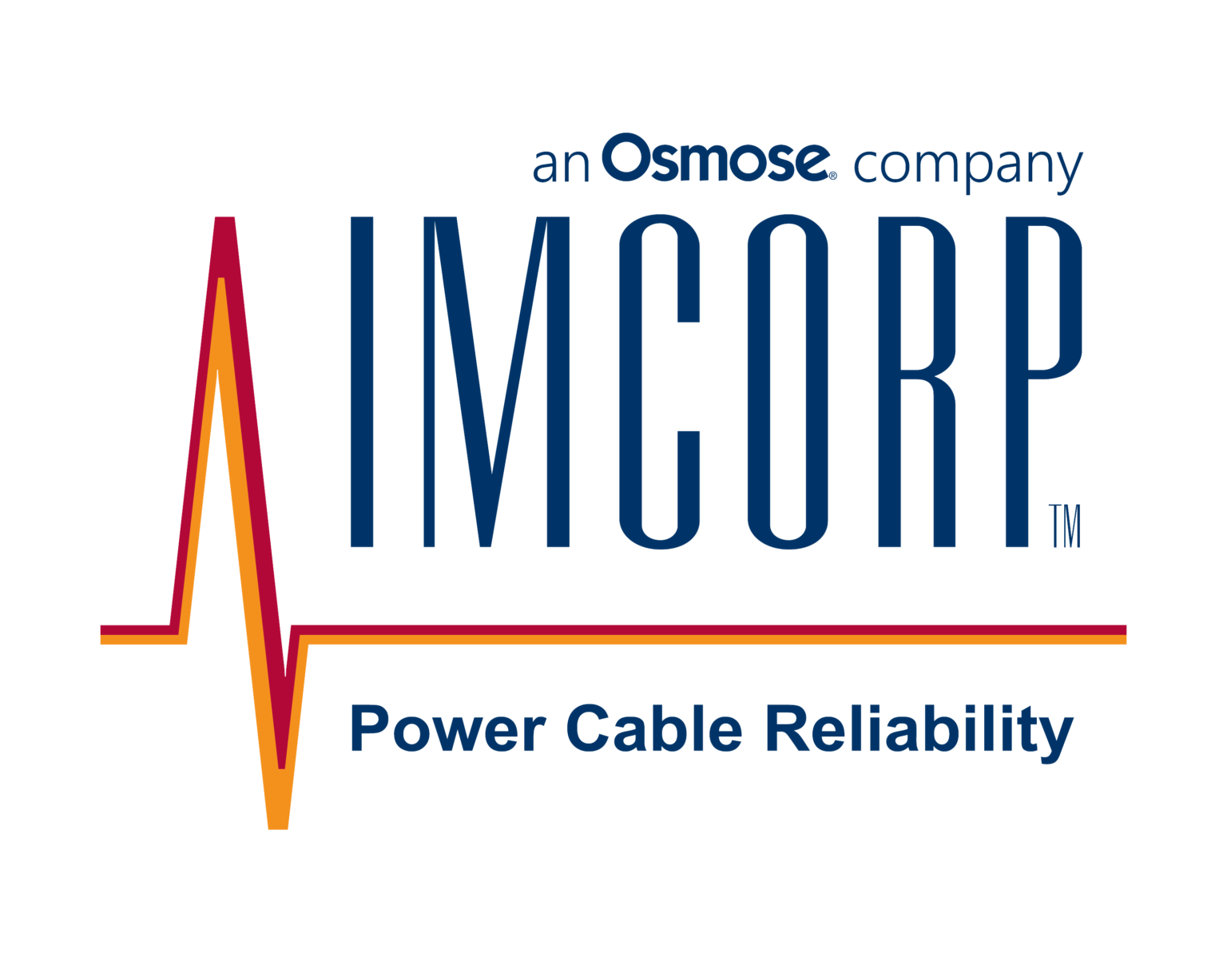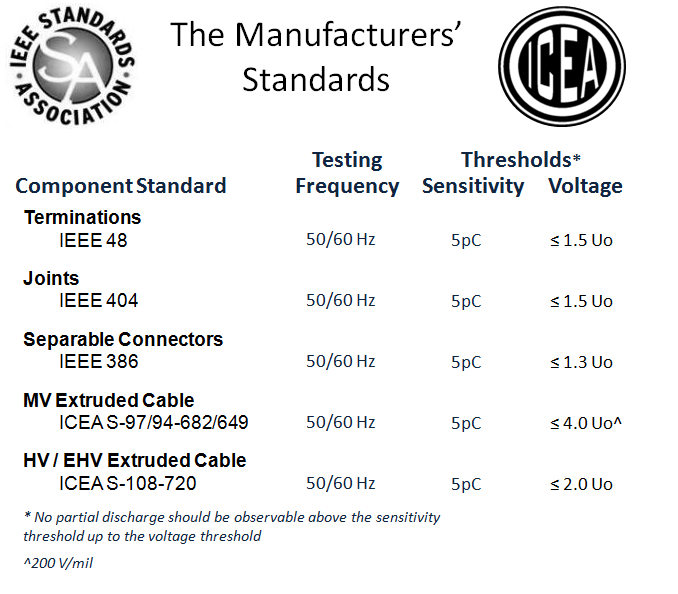Results
The comparison was conducted during commissioning of a 161 MW, 87 turbine wind farm located in Texas. The initial assessments were accomplished using IMCORP’s Factory Grade® technology where PD activity was identified in several cable segments. Questioning the results, the site contractor retested the same segments using 0.1 Hz VLF PD testing technology. As a measure of due diligence, the same segments were reassessed a second time using IMCORP’s technology and the results once again indicated the same PD activity in the same locations as the first assessment revealed.
In order to verify the results from each assessment procedure, four cable segments were identified for extraction and evaluation by an independent laboratory. In each of the four cases, the IMCORP assessment had identified PD activity within the cable segments, while the 0.1 Hz VLF test had reported all to be PD free. IMCORP deployed its ‘location matching’ technology to determine the position of the PD sites and a rigorous recovery process was followed in order to extract each segment. A 100% chain of custody was established and maintained during the extraction and shipping process. Detailed tagging, marking and photographs of each cable segment were documented while assist crews extracted each length of cable. As an added measure of security, tamper-proof tape was used on the shipping crates to prevent interference with the cable sections between the collector site and laboratory.
After arriving at the independent testing laboratory, PD testing of each cable segment was performed in a shielded room to manufacturers’ standards [Table 1]. In all four cables, the off-line 60 Hz PD test results revealed the same electronic PD signatures as those that were identified by IMCORP’s Factory Grade® technology in the field. Finally, laboratory dissection results on all four cables verified the serious insulation defects at each PD site, reaffirming the results provided by the IMCORP field assessments.
Conclusion
In summary, defects in cable systems have a serious impact on renewable energy suppliers, as downtime impacts both the top and bottom lines in terms of lost revenue and repair costs. This cost of failure is avoidable through the practice of field testing cable systems to the manufacturers’ standards during commissioning and at planned maintenance outages.
In addition:
› Renewable collector cable systems operate with higher stress (35 kV versus 5 and 15 kV), are often constructed by installers with lesser experience, and are placed in a configuration that makes large portions of the plant more vulnerable to an outage.
› Renewable collector system outage costs are typically on the order of $30K to $100K.
› The average 100MW renewable site has approximately 15 substandard components requiring significant remedial action.
› Cable systems fail in reaction to voltage stress and an erosion process associated with PD at discrete locations where there are installation, aging, or manufacturing defects.
› Voltage transients are the primary driver of PD and its associated insulation degradation.
› VLF PD tests measure for PD at a sensitivity level that is at least an order of magnitude lower than the manufacturers’ standards (5 pC). At reduced sensitivity levels, half or more of all PD activity may go undetected.
› Manufacturers’ standards require PD detection at power frequency (50/60 Hz) in order to emulate system operating conditions. VLF solutions that deviate from power frequency are unlikely to create PD events that would happen under operating conditions.
IMCORP’s technology to field assess cable systems has been used at over 250 renewable sites worldwide, to assess over 90,000, 5 kV to 500 kV class cable systems and enabling significant reliability improvements for both new and aged systems.
A summary of the four secured samples and shipping carton sent to the independent laboratory




